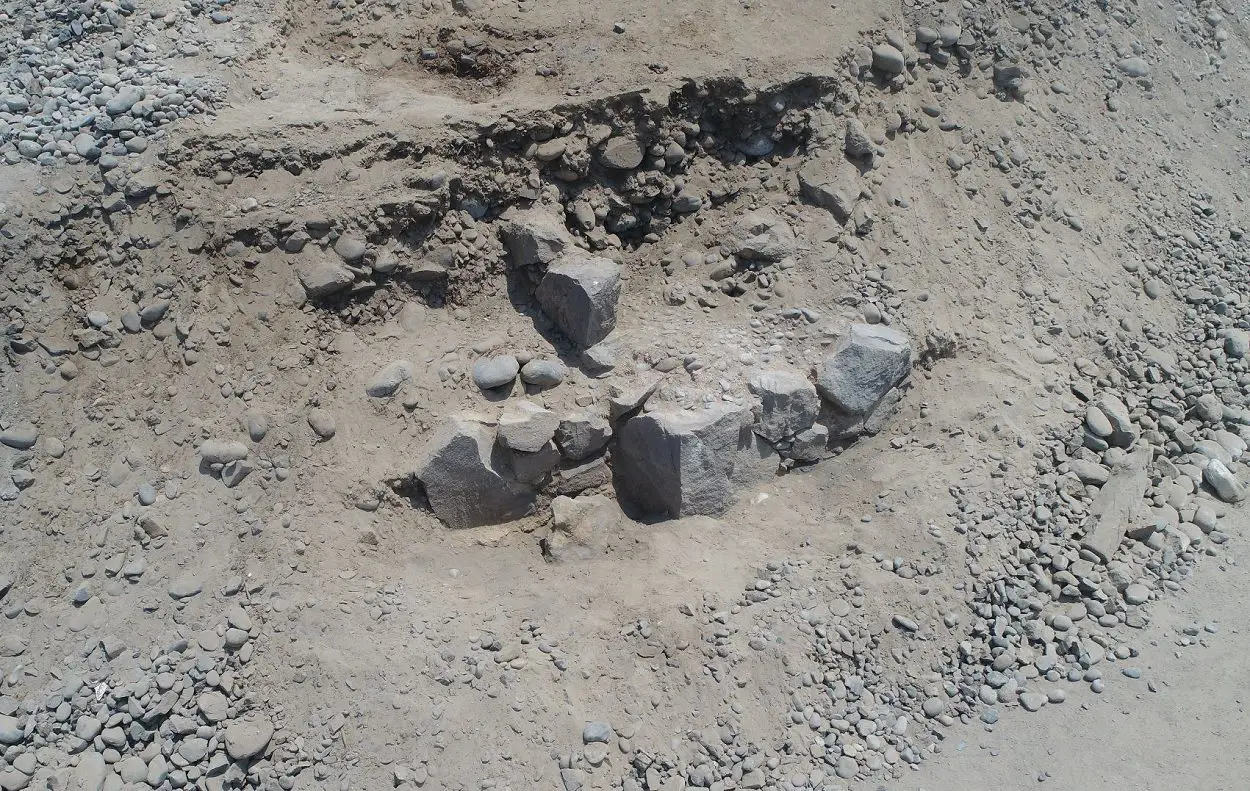Archaeologists from the Jagiellonian University and the University of St. Mark in Lima have excavated a pre-Columbian temple complex near the city of Barranca in Peru.
Excavations are part of the Programa de investigacion “Los valles de Barranca” project, which is exploring four large mounds on the Cerro Colorado hill.
Research conducted on two of the mounds revealed human burials and monumental architecture made of dried bricks and stone blocks. This has led to a widescale excavation of the site where the project has uncovered destroyed burials in the form of burial bundles, placed within the remains of a temple complex built of dried brick.

One of the destroyed burials contains the remains of a young boy whose skull was intentionally deformed. He was originally placed in a 3-metre-long fabric which is decorated with totally unique zoomorphic representations and was buried with decorated textiles suggesting that he came from a high-status family.
 Image Credit : Łukasz Majchrzak
Image Credit : Łukasz Majchrzak
A physico-chemical analysis and carbon dating of organic remains has placed the construction of the temple complex to around 2500-2200 BC, while the same technique applied to the burials suggests that they were interred between AD 772 and 989.
Bioarchaeologist, Łukasz Majchrzak, said: “Andeans used to set up necropolises in abandoned places of worship. This was also the case here, because the graves were dug into structures that were several thousand years older.”
Samples used for dating the structure were taken from grass mixed with mortar, which was used to hold together blocks that formed a small pyramid. During the 3rd millennium BC, settlements with monumental architecture were established in the Andes, and agriculture became widespread as a result of contacts with communities living in the Amazon.
The examined graves come from the period when the region was part of the Wari Empire. One of the most important sites of this culture, Castillo de Huarmey, is located only 70 km north of Barranca.








